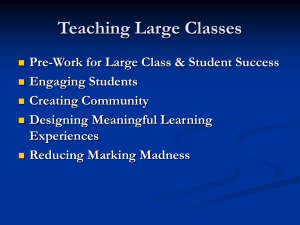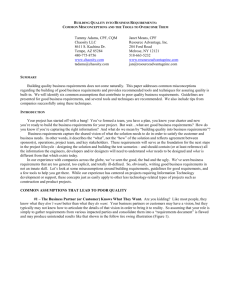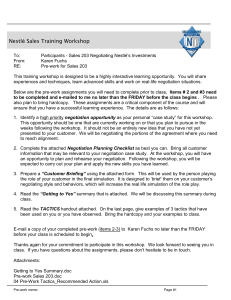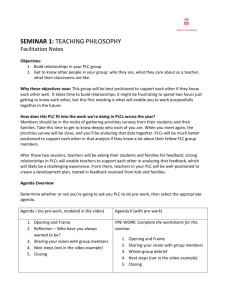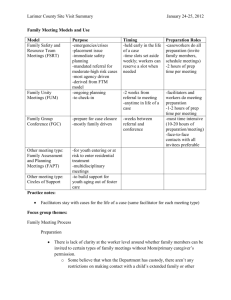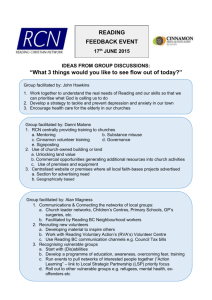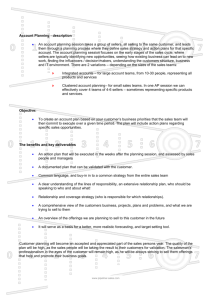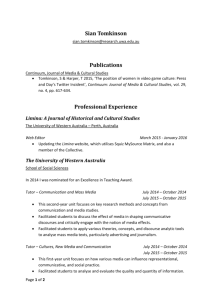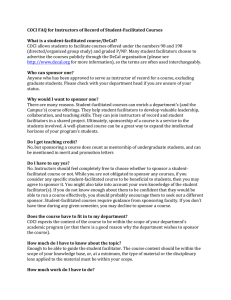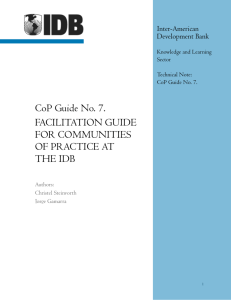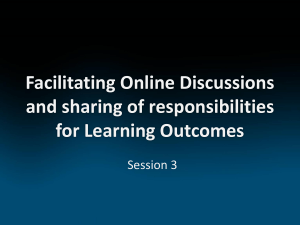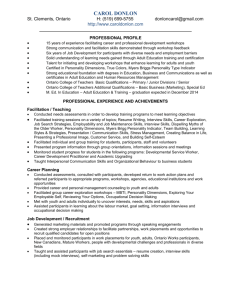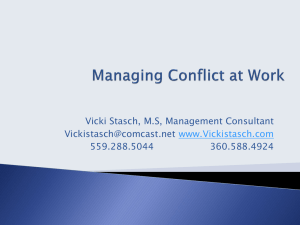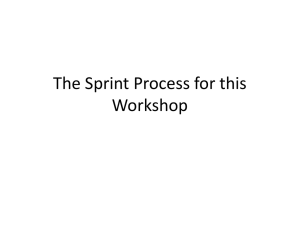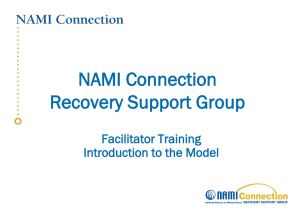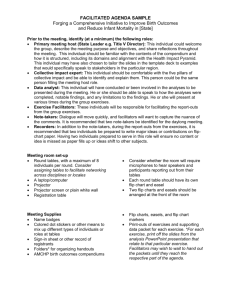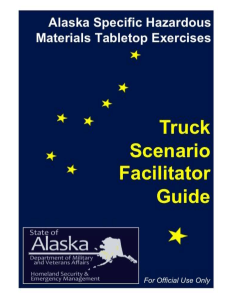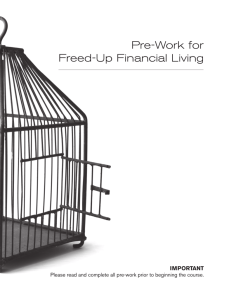Account Planning Overview - Pipeliner
advertisement
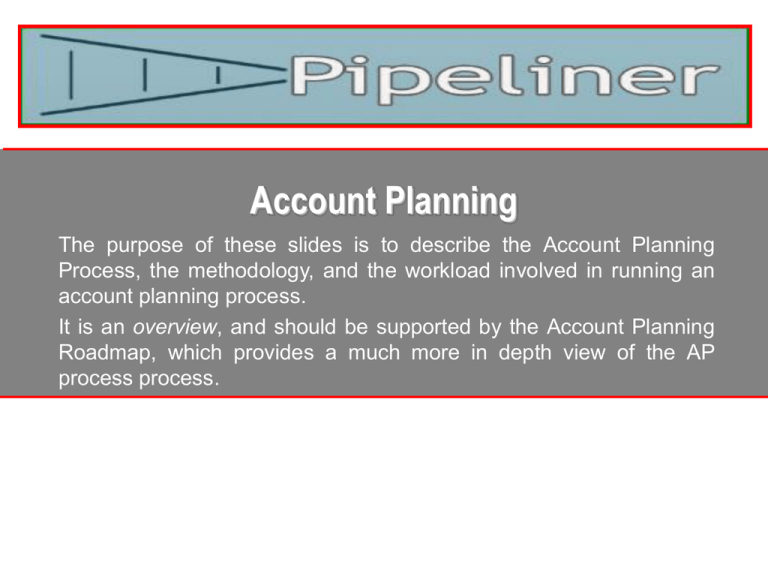
Account Planning The purpose of these slides is to describe the Account Planning Process, the methodology, and the workload involved in running an account planning process. It is an overview, and should be supported by the Account Planning Roadmap, which provides a much more in depth view of the AP process process. Key Delivarables An action plan that will be executed in the weeks & months after the planning session, and assessed by sales people and managers. • It is worth saying right from the outset, that the bigger picture of account planning success will NOT WORK unless this plan is tracked and controlled by someone with the authority and power to move things foreward. A documented plan that can be validated with the customer. Common language, and buy-in in to a common strategy from the entire sales team Relationship and coverage strategy (who is responsible for which relationships). A comprehensive view of the customers business, projects, plans and problems, what we are trying to sell to them; and where the connection (value) is An overview of the offerings we are planning to sell to this customer in the future. Opportunity list. It will serve as a basis for a better, more realistic forecasting, and target setting tool. Account planning method overview Customer's key business priorities This ensures the sales team is focussed on what is important for the client first. This knowledge can be immediately validated with the client. Opportunity list These opportunities should have a clear link to the business plans identified in stage 1, so that the sales team can express this clearly to the client. Other opportunities come at the end. Relationship map Who is speaking to who?, where are we strong? Where do we need relationship? How do we get there? Actions What needs to be done, by who, and when, with what resources, and what expected outcome?. Ideally, and account plan will come completed with up to 30 actions – short, mid and long term. NB. This AP session does not focus on IT. A full day AP session allows for IT analysis and planning as well. Critical Success factors Completion and validation (with the customer) of pre-work before the session. Management commitment and leadership in all stages of the account planning process. Team members sharing customer knowledge. Customer experts – whether they are from the immediate team or not – sharing and adding value to the session. Commitment to execute the plan. Players - who needs to be involved KAM. Client Executive. Customer “owner”. Account manager. Sales reps. It should be made clear that these people will take the major responsibility for implementing the plan. Pre-sales / Consultants / project managers /SMEs. People who have worked with the customer in key projects, but do not need to be “sales” people. (SMEs are Subject Matter Experts, with specific industry knowledge of the customer) Politicals. High level people, who have high level contacts and can get meetings with important customer execs if necessary. Techies who have low level contacts with the customer on a project basis, and generally know more than everyone else Account Planning - The perfect world Pre-work If the sales people with the most in-depth customer knowledge each spend 30-90 minutes completing the templates, from their perspective... If 1 person (KAM) collates this info, and then uses it as the basis for the AP session, the output quality is much greater Customer Input In advance of the AP session, the customer is invited to attend, or at least told about the session and asked if they have any specific topics they‘d like the sales team to prioritise Buy-in This really asks the question: „does this sales team have a sales manager who will track the plan and follow up on actions and coach the process further“? Pro-active sales reps Hunters needed! An AP session with a bunch of farmers is purely academic. Account Planning - Phase I Tools and concepts talk tools and concepts to facilitators in the beginning of workshop Deliverables talk deliverables expected from Phase I of AP in the beginning of the workshop Documentation The account plan itself, needs to be completed Facilitator selection select facilitators for the workshop Participant selection select participants for each AP session Facilitated execution facilitator training AP sessions – filling AP templates in facilitated session Account Planning - Phase II Phase I all over again Phase II includes all parts of Phase I; some parts are changed Pre-work KAMs preparing plan templates for sessions Coaching with KAM talking about Phase I, introduction to Phase II Facilitated execution In phase 2, we expect that the quality of the plans (pre-work) is allready quite high. This means that the facilitated session is devoted to brainstorming the customer: their plans for cost reduction and / or revenue increases projects, their future IT / Maintenance visions, there areas of common ground, the ideal relationships the team wants to build Executive summaries and outcomes meeting with exec level showing what was done, facilitators present Tracking and control talk best practices in follow up during the year Account Planning - Phase III Phase I and II repeated Facilitator job description and compensation formalize Facilitator role into HR processes Customer integration invite key customers to their AP session Account plans for all accounts different levels of AP for accounts of different significance Account planning sessions for white space accounts strategic movement into new accounts Facilitated execution organisation does it on its own
